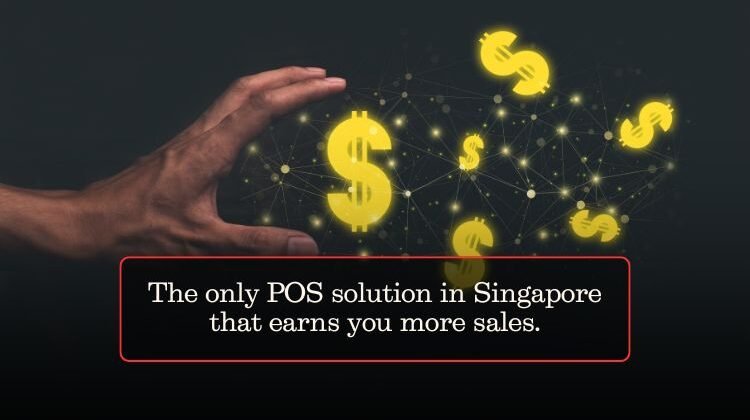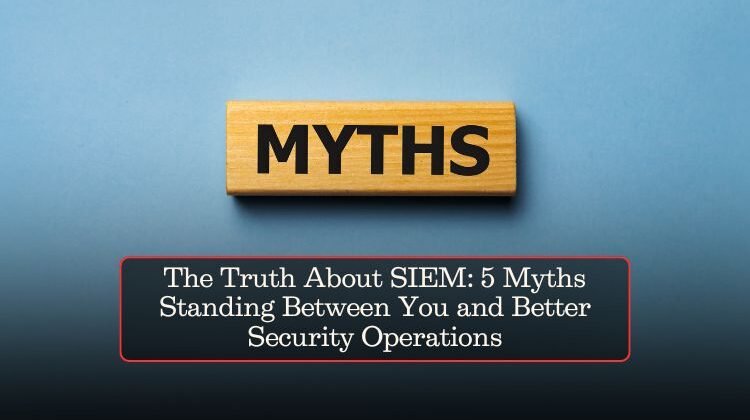
India’s Cola Revolution: How Double Seven Replaced Coca-Cola
As India marks the anniversary of The Emergency declared by former Prime Minister Indira Gandhi in 1975, attention is once again turning to one of the era’s more symbolic acts of economic nationalism — the exit of Coca-Cola and the birth of a swadeshi alternative known as Double Seven.
While the Emergency is often remembered for its political suppression, censorship, and mass sterilization drives, it also sowed the seeds of economic self-reliance. Among the notable casualties of that time was Coca-Cola, the world’s most recognized beverage brand, which was forced to exit India in 1977 following a confrontation over foreign investment laws.
In response, the Indian government launched Double Seven, a homegrown cola that sought to quench the nation’s thirst — both literally and ideologically — by promoting a drink that was “Indian by origin and Indian by choice.”
The Clash That Ended Coke’s Indian Run
Coca-Cola had operated in India since 1950, becoming a household name through widespread distribution and savvy advertising. However, by the mid-1970s, it found itself at odds with India’s foreign exchange regulations, particularly the Foreign Exchange Regulation Act (FERA) of 1973.
Under FERA, multinationals were required to dilute majority ownership to Indian partners and share proprietary technology — a stipulation Coca-Cola refused to comply with. In 1977, just months after the Emergency ended and the Janata Party came to power, Coca-Cola exited the Indian market.
“It wasn’t just a business decision. It was a statement,” said Dr. Sunil Mehta, a historian specializing in India’s post-colonial economic policy. “The government wanted to send a message that India could do without Western giants — that self-sufficiency was not just a dream but a directive.”
Brewing Nationalism: The Birth of Double Seven
To fill the vacuum, the Indian government directed Modern Foods, a public-sector undertaking, to develop an indigenous cola. The result was Double Seven, a carbonated beverage whose name was inspired by the year of its launch — 1977, which also marked the end of the Emergency and the rise of India’s first non-Congress government.
Launched with much fanfare, Double Seven carried with it the weight of a nation’s expectations. It was more than just a soda; it was positioned as a patriotic alternative, an emblem of Indian resilience and technological capability.
“Double Seven wasn’t trying to be Coca-Cola,” said Pradeep Kumar, a former marketing executive at Modern Foods. “It was trying to be better — and more importantly, it was trying to be ours.”
The Political Undertones
The launch of Double Seven had political overtones from the very beginning. Posters declared it a drink “by Indians, for Indians,” and its release was aligned with government narratives of swadeshi revival. However, it also bore the unintended irony of being born under the Janata Party’s rule — the very regime that came to power by opposing the Emergency.
Despite its confusing political lineage, the drink symbolized a shift toward economic nationalism, where public sector enterprises were seen not only as commercial entities but also as vehicles for patriotic expression.
“Everything from food to fuel was political during those years,” noted Dr. Mehta. “Double Seven was not just about taste; it was about ideology.”
Competing in a Changed Market
While Double Seven initially garnered attention, it soon faced challenges. Competing against local players like Thums Up and Campa Cola, who quickly adapted to the changing market and consumer preferences, Double Seven struggled to keep pace.
Lacking the marketing muscle and distribution reach of private brands, the state-run cola began to lose fizz. By the mid-1980s, it had largely faded from public memory, even as Thums Up became India’s cola of choice.
Ironically, Coca-Cola would return to India in 1993, after the liberalization of the economy. In a twist of fate, it acquired Thums Up — the very brand that had emerged during its absence.
A Symbol That Outlived Its Shelf Life
Despite its commercial struggles, Double Seven holds a unique place in India’s socio-political and economic history. It remains a symbol of a period when the country experimented boldly with self-reliance — even in consumer goods.
“It’s easy to forget that in the 70s and 80s, every product was a battleground of ideas,” said Kumar. “Double Seven may not have won the market war, but it definitely won hearts.”
Today, memorabilia from Double Seven — old bottles, posters, and ad jingles — circulate among collectors and retro pop culture enthusiasts. Its brief run is remembered with nostalgia, often invoked in discussions around Indian innovation, political identity, and the role of the state in commerce.
Legacy and Lessons for Today
The story of Double Seven is a potent reminder of how deeply business and politics can intertwine in shaping consumer landscapes. In today’s globalized economy, where foreign direct investment is welcomed and global brands are part of daily life, the story of India banning Coca-Cola and building a state-run replacement seems almost surreal.
Yet, in a world increasingly focused on localization, digital sovereignty, and economic self-reliance, the message behind Double Seven remains relevant. Whether it’s Make in India or Vocal for Local, echoes of that era continue to inform modern policymaking.
As India reflects on 50 years since the Emergency, the rise and fall of Double Seven serves not only as a footnote in its economic journey — but as a chapter that uncorked both nationalism and nostalgia, all in a bottle.









